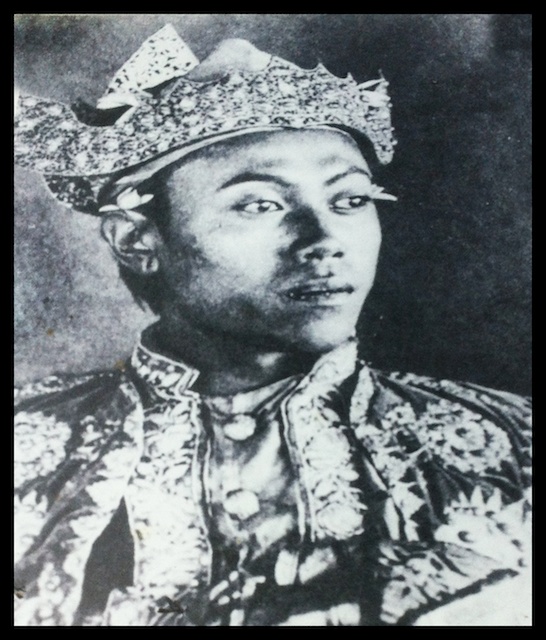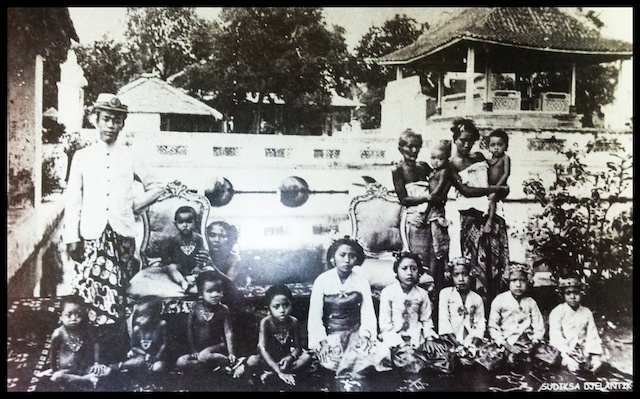
The Raja of Karangasem and his 12 children and three nannies in front of The Balai Gili, Maskerdam in 1922My wife Maryam, or Putu as we call her, is from the lineage and we are endeavoring to learn more about her family. I have heard many stories; some good, some not so good, and some downright otherworldly. I will try not to speculate and simply discuss some of what we have learned. The photographs below feature Maryam’s relatives and I point them out where possible.
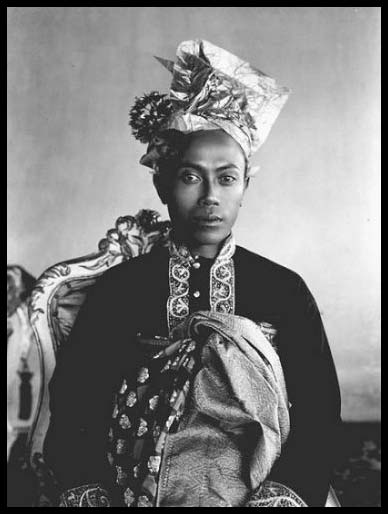

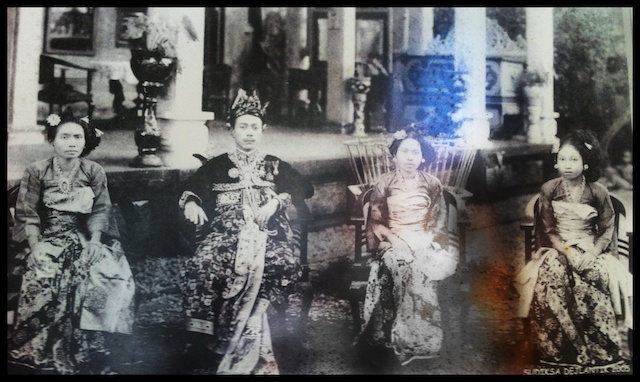
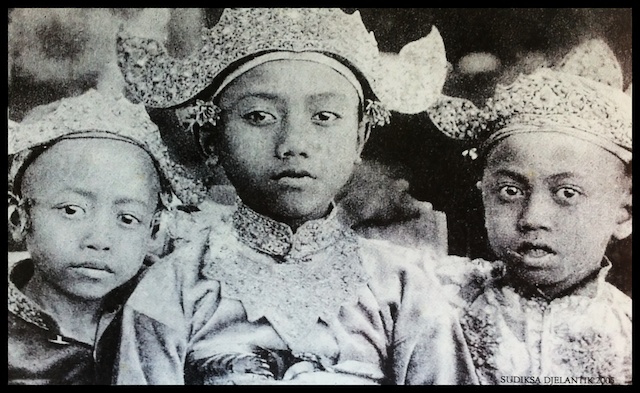



I Gusti Ketut Djelantik with his daughter, The Princess Gusti Ajoe Putu.The photograph above was taken in 1865 by Kinsbergen. It depicts Ketut Djelantik. On his arm is his daughter, The Princess Gusti Ajoe Putu. You can see the King’s foot rests firmly on the girl holding the umbrella. This is to signify he is above her and in cotrol of her. In Indonesian culture the feet are considered unclean and one should never point with the foot, step over someone or touch someone with thier foot. Here the King makes a clear statement that this is my daughter, The Princess, elevated on a stool and even with The King and below us are our slaves. This photo was taken in Batavia, which is now called Jakarta, the capitol of Indonesia on Bali’s neighboring island of Java.

Anak Agung Made Djelantik and Anak Agung Ketut Djelantik with The Last King of Lombok (center)I am uncertain who is who in this photo but I believe the two figures seated on the ground are Anak Agung Made Djelantik on the left and Anak Agung Ketut Djelantik on the right. The man in the middle is The Last King of Lombok who is pictured, in his somewhat younger days, four photos above with the impressive beard. Unlike the photo directly above, his feet are not placed on those below him as these are family members and respect is shown. Ketut Djelantik, on the bottom right, looks very much like Maryam’s brothers.
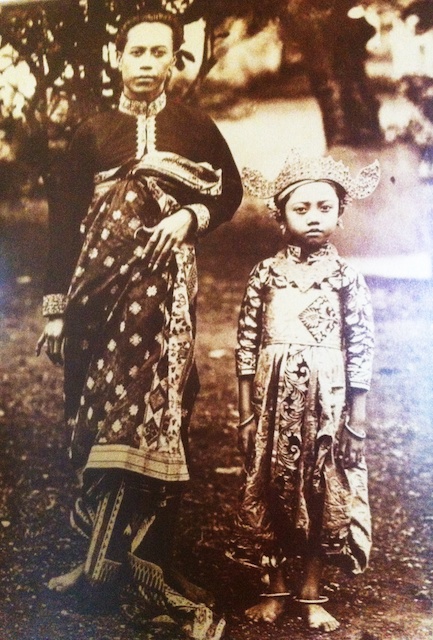
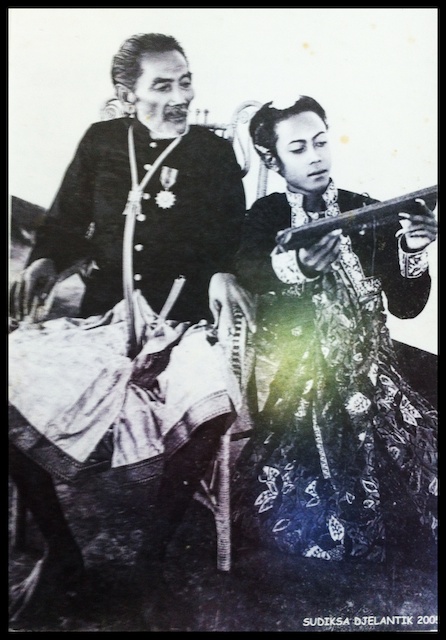
I Gusti Bagus Djelantik with his father I Gusti Gede DjelantikPictured above is once again I Gusti Bagus Djelantik. He is with his father I Gusti Gede Djelantik and they are reading sacred manuscripts called Lontar. They are made of dried palm leaves and pass down knowledge relating to health and healing, astrology, astronomy, homeopathy, religious rules and teaching, sacred rituals, holy formulas, magic, ethics, and the actual and mythical history of the family and of The Indonesian People. They are generally writen in the old Javanese language called Kawi along with ancient Sanskrit written in Devanagri.
